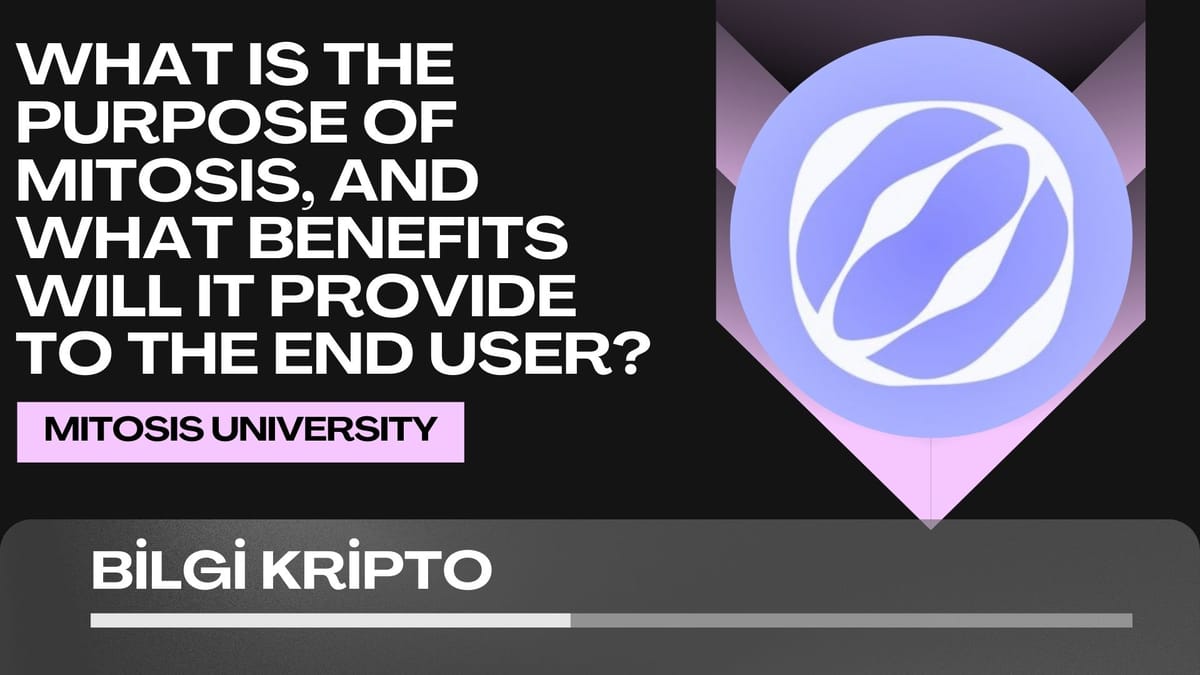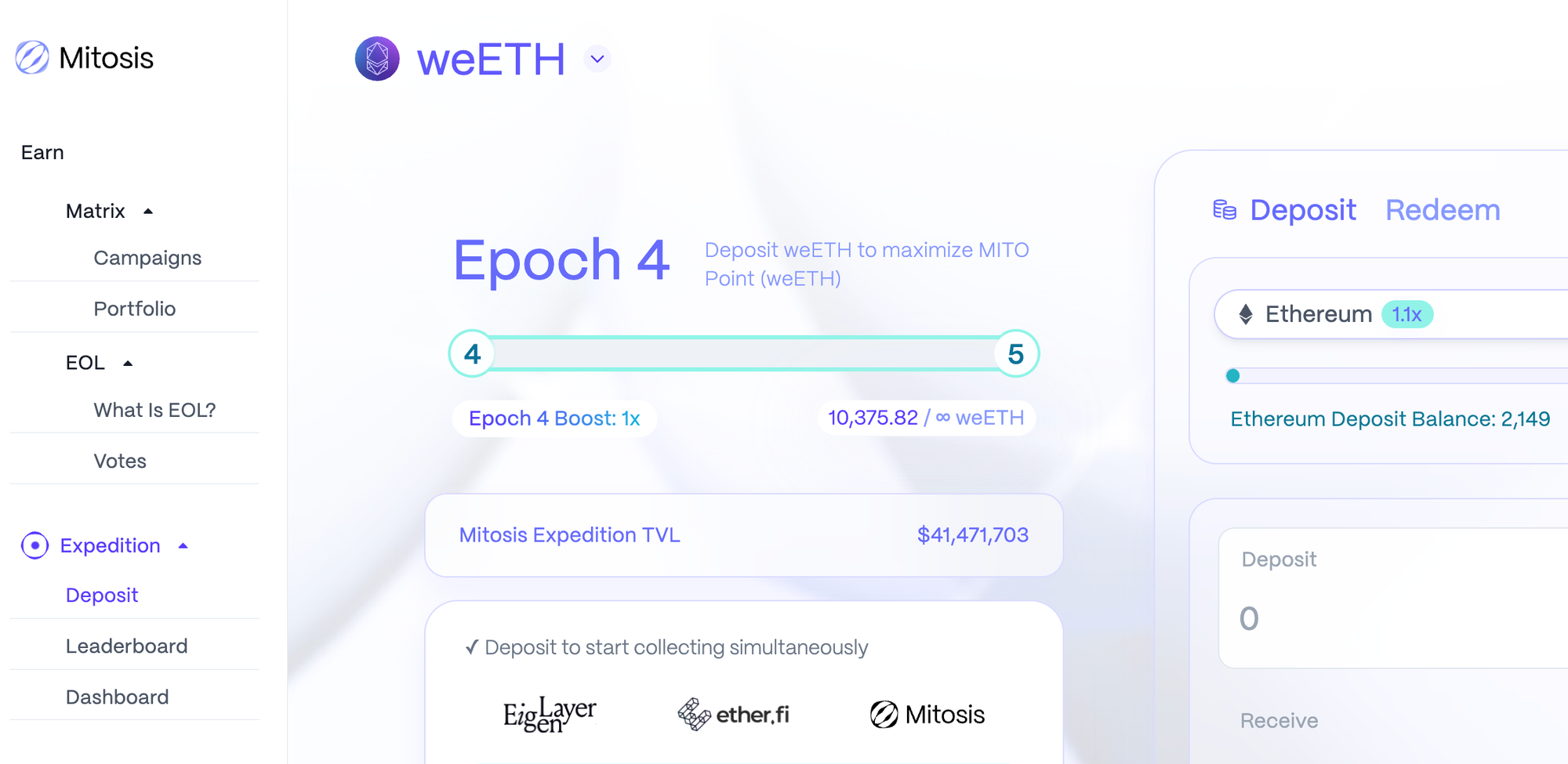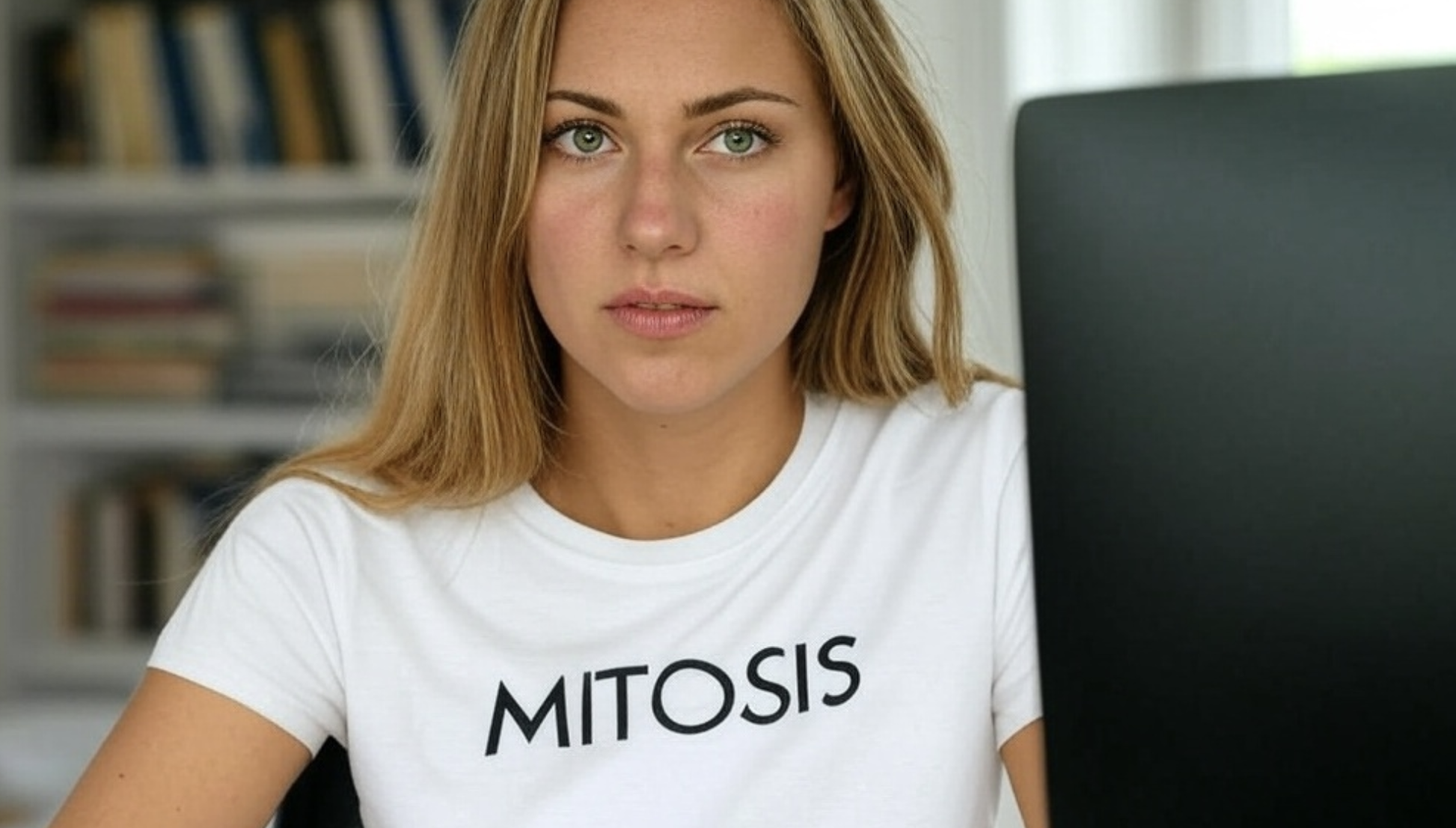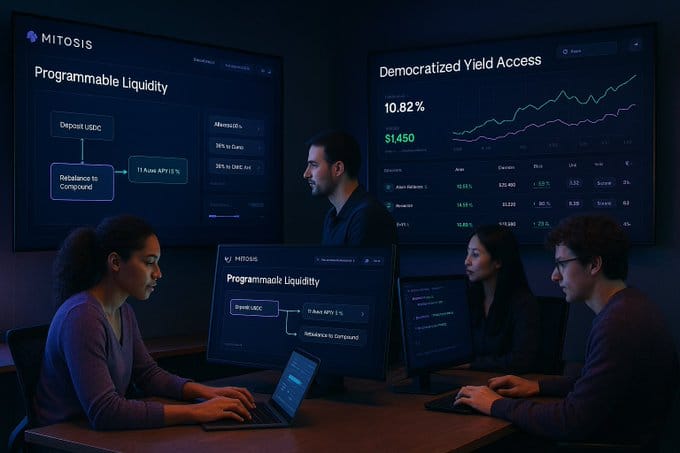What is the Purpose of Mitosis, and What Benefits Will It Provide to the End User?

Mitosis offers a revolutionary solution to address fundamental issues in the DeFi (Decentralized Finance) ecosystem. In the DeFi world, users often face two significant limitations when providing liquidity.
First, their positions become static and illiquid – once assets are committed, they can’t be effectively used elsewhere. Second, the most profitable opportunities are often exclusive to large investors who negotiate private deals, creating an uneven playing field that mirrors traditional finance systems. Mitosis seeks to solve these issues by making liquidity more accessible, transparent, and programmable. So, what is the purpose of Mitosis and how does it benefit the end user? Let's explore.
Mitosis: A Turning Point for the Future of DeFi
Mitosis is a protocol that transforms DeFi liquidity positions into programmable components. Today, in DeFi ecosystems, when users provide liquidity, they face two major constraints.
First, their assets become static and illiquid. Second, the most profitable opportunities are reserved for large investors who can negotiate private deals. This creates an unjust playing field. Mitosis addresses these limitations by making liquidity both programmable and accessible.
How Does Mitosis Work?
Mitosis allows users to deposit assets into Mitosis Vaults across various blockchain networks. These deposits are represented as Vanilla Assets on the Mitosis Chain.
The Vanilla Assets can then be committed to yield-generating opportunities through two distinct frameworks: Ecosystem-Owned Liquidity (EOL) or Matrix. EOL enables users to collectively manage pooled assets through democratic governance, where participants vote on allocation strategies.
Matrix, on the other hand, allows direct participation in curated liquidity campaigns with predetermined terms. Both frameworks issue specialized tokens—miAssets for EOL and maAssets for Matrix—that represent users' positions.

Revolutionary Features of Mitosis
What makes Mitosis truly transformative is the way position tokens function as programmable building blocks for sophisticated financial engineering. In traditional DeFi, liquidity remains locked in isolated pools, but with Mitosis, position tokens can be traded, used as collateral, decomposed into principal and yield components, or combined to create new financial instruments.
This programmability opens up entirely new possibilities for managing and optimizing liquidity positions. The Mitosis Chain provides the purpose-built infrastructure for applications to leverage these capabilities, supporting advanced trading mechanisms and complex financial strategies.
Addressing Market Inefficiencies with Mitosis
Mitosis tackles market inefficiencies by utilizing collective bargaining power. By aggregating individual deposits, Mitosis provides all participants with access to preferential yields that were previously available only to large-scale investors.
The standardized frameworks and transparent price discovery mechanisms allow everyone to accurately value their positions and understand market terms. This democratization of access creates a more equitable and transparent DeFi ecosystem.
Mitosis and Its New Perspective for Liquidity Providers
At the heart of Mitosis is its governance mechanisms, especially within EOL, where token holders have direct influence over capital allocation decisions.
This decentralized governance allows liquidity providers to be more actively involved and manage liquidity in a more transparent manner. The protocol’s design ensures that liquidity provision is open and accessible to everyone, eliminating private agreements and behind-the-scenes negotiations.

Key Benefits of Mitosis for End Users
Mitosis provides several benefits to the end user:
- Transparency: Mitosis makes all liquidity arrangements transparent, enabling users to make decisions based on accurate and reliable data.
- Accessibility: Profitable opportunities that were once exclusive to large investors are now available to all users, eliminating unfair advantages.
- Programmability: Liquidity positions become programmable, allowing users to manage and optimize their positions based on their financial strategies.
- Lower Transaction Fees: DeFi systems often have high transaction fees. Mitosis reduces transaction costs and processing times, creating a more efficient financial environment for users.
- Democratic Governance: EOL offers token holders a direct say in capital allocation, empowering them to participate in decision-making processes.
Conclusion: The Future of Mitosis
Mitosis represents a powerful tool to revolutionize the DeFi liquidity ecosystem. By making liquidity more programmable, transparent, and accessible, it creates a more equitable and efficient environment for all users.
This will enable the entire DeFi ecosystem to grow in a more innovative and fair manner. Mitosis ushers in a new era where liquidity provision is not limited to the few but is open to all, providing more opportunities and lower costs for everyone.
With Mitosis, liquidity providers will not only generate value but will also become key players in shaping the future of DeFi. The revolution in DeFi liquidity has begun, and Mitosis is leading the charge



Comments ()